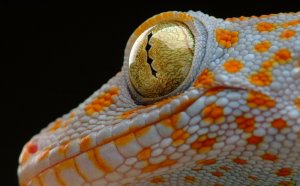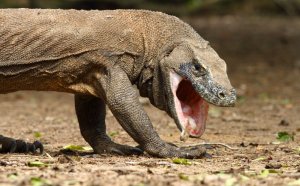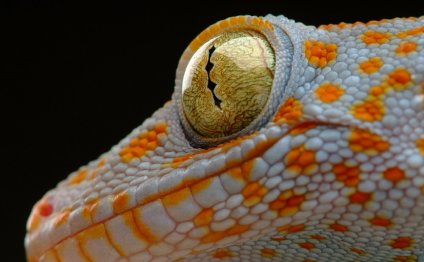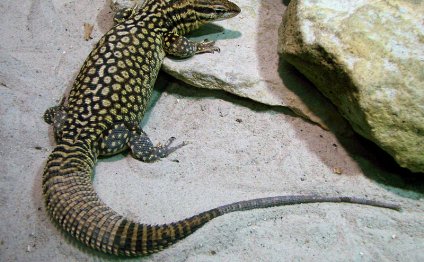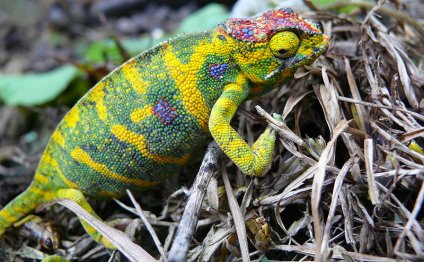
Tropical pet lizards
Article Summary: In this blog post, I’ll talk about the many different types of lizard cages available to keepers. I’ll also offer some tips for choosing the right cage for the particular lizard species you plan to keep.
Lizards are an incredibly diverse group of animals. In the wild, the live in a wide range of habitats, from the driest deserts to the steamiest rain forests. Some lizards are herbivores, some are omnivores, and some eat only insects. Certain types of lizards can live on fruit flies, while others species like the Komodo dragon will eagerly dine on large mammal carcasses.
What’s my point? The point is that different lizard species have different environmental needs, and those differences may be worlds apart. So when you are shopping for lizard cages and creating a habitat for your captive pet, you need to understand how it lives in the wild and what it needs in captivity. For example, the cage setup for a uromastyx lizard would be completely inappropriate for a panther chameleon.
First, let’s talk about some of the key considerations for lizard caging. Then we will talk about the best types of cages for certain lizard species commonly kept as pets.
What Your Lizard Cage Must Provide
Security. Heating. Humidity. Lighting. Space. These are the five key factors you must keep in mind when choosing a lizard cage for your new pet. So let’s talk about these five considerations:
1. Security Requirements
The cage must be able to keep your pet from escaping. Likewise, it must also protect your pet lizard from intruders, such as the household dog or cat. Some lizards are very good at escaping, so it’s best to choose a professional cage designed specifically for the type of pet you want to keep. I do not recommend building your own lizard cage unless (A) you start with a good plan and (B) you have the right skills for the job.
2. Heat Control
First, you need to research the temperature requirements for the lizard species you plan to keep. Then you must choose a type of cage that allows you maintain those temperatures. You can heat a reptile enclosure in several ways, but the cage must be able to hold the heat in some way.
3. Humidity Control
Some lizards have higher moisture requirements. Some are desert dwellers and need a dry cage, while others are tropical Certain types of lizards have high humidity requirements. Tropical species, for example, need to be kept in a cage or tank that maintains a higher level of humidity than a desert-dwelling species.
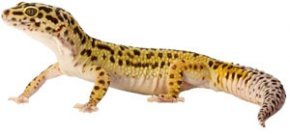 4. Sufficient Lighting
4. Sufficient Lighting
Most lizards are sun lovers. A few species spend a lot of time burrowing underground. But for the most part, lizards need frequent exposure to sunlight. In captivity, you can’t always duplicate this. So you have to do the next best thing. You have to use full-spectrum lights to duplicate the benefits of the sun (as much as possible). Remember this when choosing a lizard cage for your pet. It must allow the use of special lighting, as needed for your chosen species.
5. Space and Orientation
Sure, that baby iguana is cute. And it’s so tiny! But a full-grown green iguana could be nearly six feet in length and will require plenty of cage space. On the other hand, certain species like the geckos can be housed in much smaller enclosures. You will need to research the space requirement for your pet lizard, and make sure you can meet those requirement before you bring the animal home.
You also need to choose a cage that is oriented properly for your particular pet, depending on whether it spends most of its time on the ground or in trees (see image below).
Recommendations for Different Lizards
So now we’ve discussed the general considerations for lizard cages, let’s move on to some specific recommendations for different species. This list is not meant to be all-inclusive, but it does cover the types of lizards most commonly kept as pets.
Bearded Dragon — This is one of the most popular types of pet lizards, and part of the reason is that they are easy to house. Plastic enclosures (such as those made by Vision cages) work well with bearded dragons, and so do basic glass terrariums. Adults should be housed in 55 gallon terrariums or larger, or a plastic cage that’s about 4 feet long and 2 feet deep. Ordinary sand works well as a substrate. You’ll also need to provide a basking area, as well as some full-spectrum lighting (UVA / UVB). Learn more about housing a bearded dragon.
Green Iguana — When they are full grown, iguanas are much larger than any of the other lizard species on this list. So keep that in mind for future reference. When your green iguana reaches adult size, it’s going to need a lot of space. In other words, this is probably not best lizard for you if you live in a small apartment. The cage should be twice the length of the iguana or larger, and it should be tall enough to allow for perching and basking. As with most other lizards, proper lighting is important here as well. Learn more about housing a green iguana.
Share this Post
Related posts
Colorful lizard
A very large species of chameleon that is endemic to forests in eastern and northern Madagascar. They reach up to 68 cm (27…
Read MoreTypes of pet lizards
Bearded dragons are one of the tamest pet lizard species. Creatas/Creatas/Getty Images Many lizard enthusiasts want a pet…
Read More